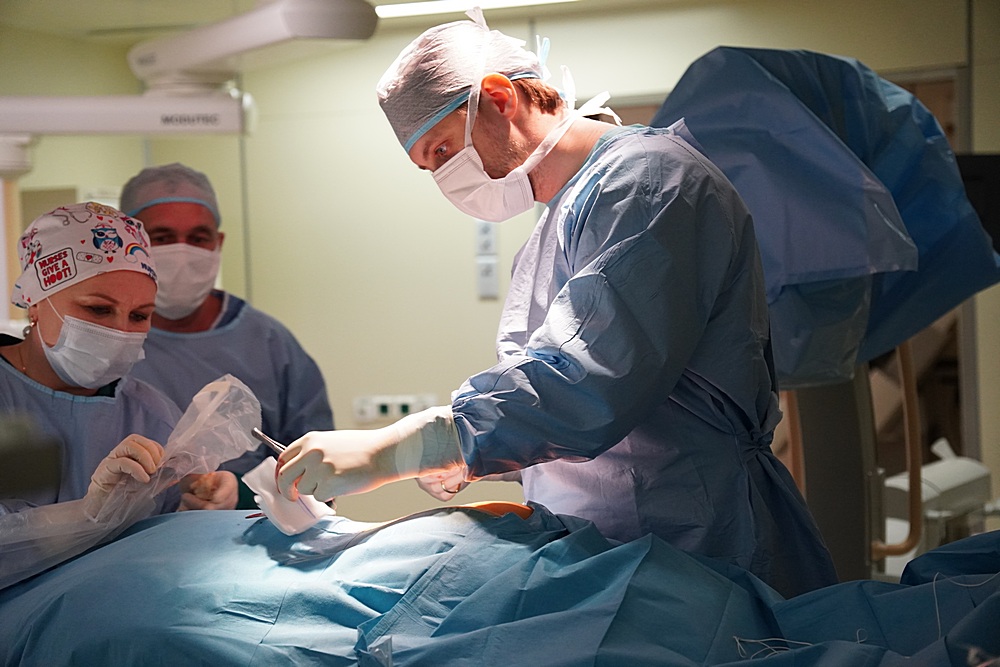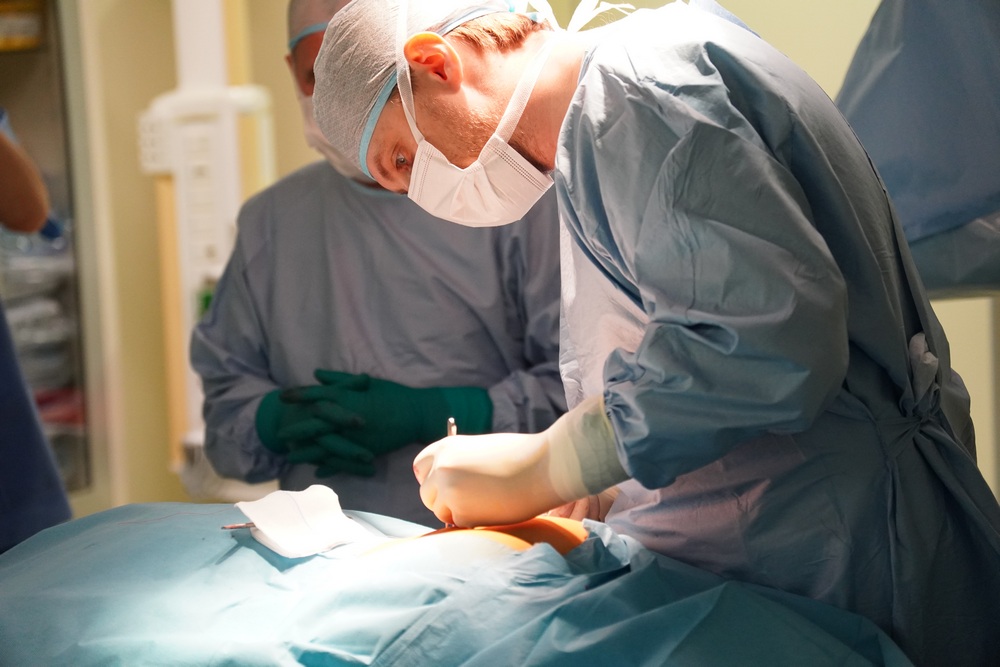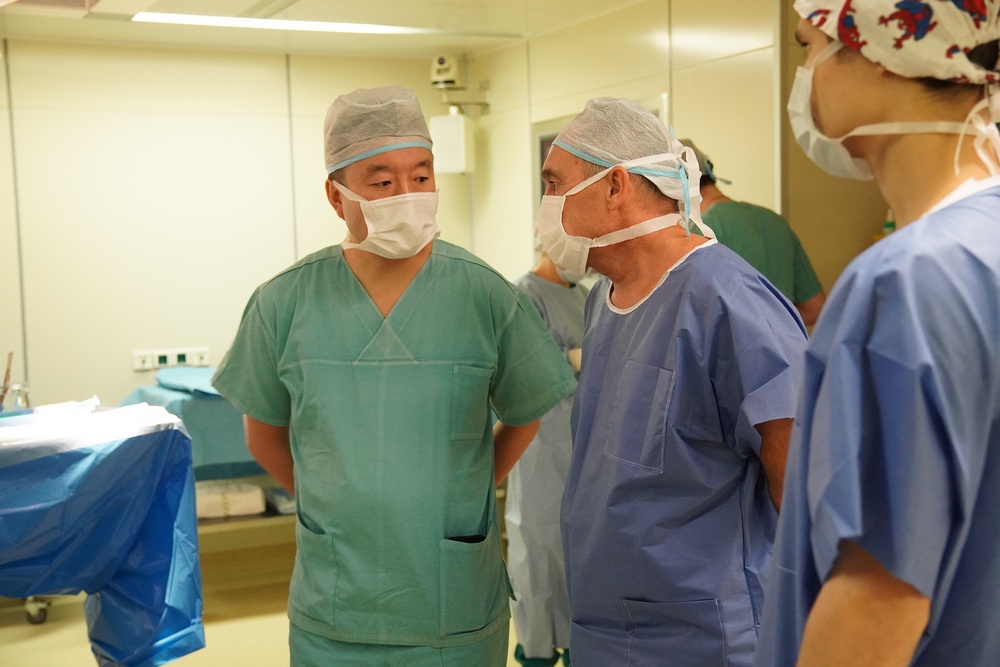
Neurosurgeons of Pediatric Neurosurgery Department No. 7 (headed by Dr. Alexander Kim) performed two identical surgeries for 13- and 15-year olds with the participation of the chief visiting specialist in pediatric neurosurgery of the Health Ministry of Bashkortostan Republic, Head of the Neurosurgery Department of the Russian Children's Clinical Hospital in Ufa, Ayrat Timershin.
Implantation of sacral nerve stimulator is successfully used in adult patients but is only beginning to be used in pediatric medical practice.
Such neuromodulation treatment is necessary for patients suffering from pelvic floor disorders manifested by fecal and urinary incontinence. Patients with such disorders are usually treated by different specialists, mainly urologists and proctologists. And only when medical therapy fails, doctors opt for neurostimulation.
This method of treatment involves implanting a special device to stimulate the spinal nerve plexuses and the spinal roots that innervate the pelvic organs (bladder, sphincters, rectum).
A sacral nerve stimulator is implanted at the sacral nerve plexus. This small device is composed of a pulse generator that transmits electrical impulses to the sacral nerves through an implanted wire electrode. The battery life of the pulse generator is approximately 5 to 7 years. The stimulator is programmed individually for each patient by the doctor setting the optimal parameters of the device (current strength, wavelength, etc.). After the surgery and following the doctor's instructions, the patient uses a special remote control to independently regulate the function of the neuromodulation device. This minimally invasive surgery is performed under X-ray control and intraoperative neuromonitoring.

During surgery (surgical team: A. Kim, K. Sysoev)
The effect of the surgery is seen in a few months, as the treatment starts to train the body to be in control. Doctors even compare neurostimulation with physiotherapy that is always directly accessible to the patient.
In both patients implanted with a sacral nerve stimulator at Almazov Centre the first manifestations appeared in childhood, however the true cause of the disease could not be determined.

Alexander Kim and Ayrat Timershin
Both surgeries on the children were successful. Their parents have already noted that the severity of urinary incontinence has decreased, which is very rare in the immediate postoperative period. A follow-up examination is recommended for both patients after a few months.
According to doctors, patients face this problem quite often, but many of them do not receive treatment for various reasons. Since the disease is at the junction of several specialties – urology, proctology and neurosurgery, many do not know where to seek help. The right solution in this case comes from a multidisciplinary team of specialists working in one institution and able to join their efforts to resolve each specific clinical case.
Thanks to the personalized approach to each patient, Almazov Centre has all conditions for making the correct diagnosis and assessing the chances of success for available treatment modalities, and its state-of-the-art equipment coupled with the high expertise of specialists enable the Centre to introduce and successfully use the most advanced methods of treatment.
